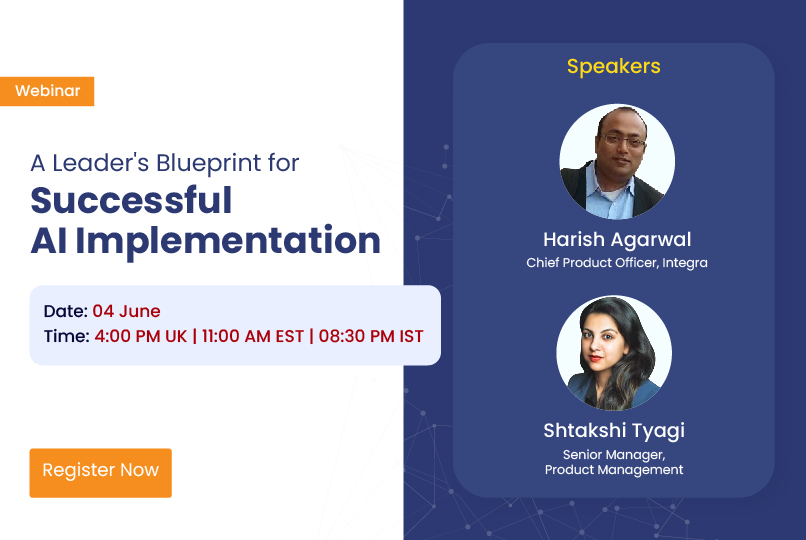Month: April 2024
7 Key Factors in Choosing the Right Custom AI Solution
In the rapidly evolving landscape of artificial intelligence (AI), selecting the right custom AI solution is more than just a technological decision; it’s a strategic business move. The global AI market size is projected to reach $2.58 trillion, at a CAGR of 19% from 2023 to 2032. As AI continues to revolutionize industries, understanding the nuanced challenges in selecting a custom AI solution is critical. This decision is not merely a technological consideration; it’s a pivotal strategic choice that can significantly influence your organization’s future. In this comprehensive guide, we explore the essential factors that will help you navigate the complexities of selecting a custom AI solution, ensuring that your choice not only meets but exceeds your expectations.
AI Model Transparency and Explainability
In an era where AI’s decisions can significantly impact various sectors, the transparency and explainability of AI models are paramount. Industries regulated by stringent compliance standards particularly need to understand how AI models arrive at their conclusions. Techniques like LIME (Local Interpretable Model-agnostic Explanations), SHAP (SHapley Additive exPlanations), and Layer-wise Relevance Propagation (LRP) are at the forefront of advancing model interpretability. These techniques demystify AI decisions, making them more accessible and trustworthy.
Customization vs. Off-the-Shelf Solutions: A Deep Dive
When it comes to AI solutions, one size does not fit all. Custom AI solutions offer a level of depth and specificity that off-the-shelf models can’t match. While pre-built models provide convenience, they often fall short in meeting unique organizational needs. According to McKinsey & Co, 76% of customers are likely to buy again from a brand that personalizes experiences, while 78% are likely to recommend such a brand. Custom solutions, on the other hand, are tailored to align seamlessly with your specific business processes, objectives, and data environments.
The Role of Data Quality in AI Effectiveness
A common misconception in AI implementation is prioritizing data quantity over quality. The truth is, the effectiveness of AI is deeply rooted in the quality of the data fed into it. High-quality, well-curated data sets lead to more accurate and reliable AI models. Techniques for data cleansing and augmentation play a crucial role in refining data quality, thereby enhancing the performance of AI systems.
Evaluating AI Solution Providers: Beyond the Sales Pitch
Choosing the right AI solution provider is a critical decision. Look beyond the sales pitch and evaluate providers on factors such as post-implementation support, ethical AI practices, and their commitment to adapting to evolving AI landscapes. Asking the right questions can reveal much about a vendor’s long-term dedication to your AI journey.
Ethical Considerations and Bias in AI
The issue of bias in AI is a significant ethical concern. It is crucial to adopt AI solutions that are not only technologically advanced but also ethically sound. Recent advancements in unbiased AI algorithms are promising steps towards more equitable AI systems. Implementing ethical AI frameworks is essential to ensure fairness and inclusivity in AI-driven decisions.
Measuring AI Success: Beyond Traditional ROI
Assessing the success of an AI implementation extends beyond traditional ROI metrics. Alternative measures like customer satisfaction improvements, error rate reduction, and operational efficiency offer a more comprehensive view of AI’s impact.
Advanced AI Integration and Organizational Change Management
Integrating AI into existing organizational structures poses unique challenges. Effective change management strategies are crucial for seamless adoption and maximizing the benefits of AI. These strategies should address both the technological and human aspects of AI integration, ensuring that AI tools complement and enhance existing workflows.
As you approach the selection of a custom AI solution, it’s important to do so with a critical and informed perspective. The right AI solution can offer long-term strategic value, driving innovation and competitive advantage. Remember, the choice of an AI solution is not just about technology; it’s about shaping the future of your organization.


